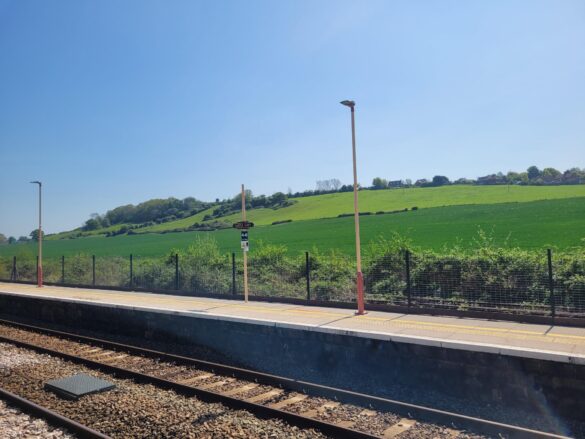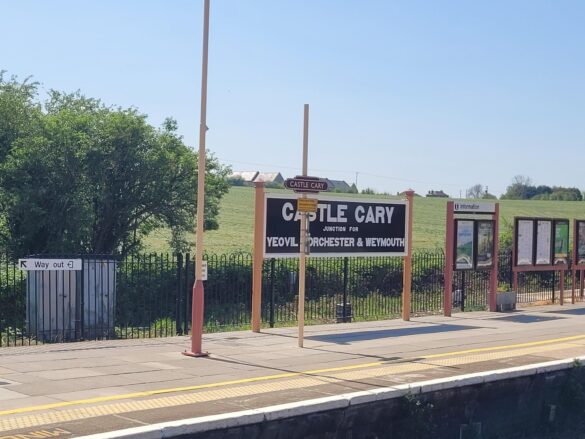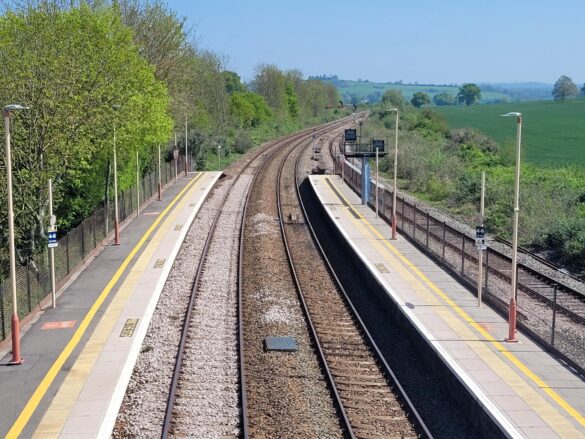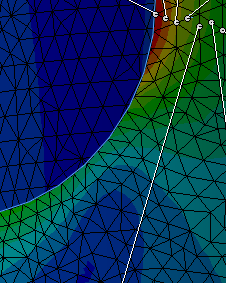CASTLE CARY, SOMERSET
ENHANCING RAIL SAFETY AND MAINTENANCE EFFICIENCY AT CASTLE CARY STATION
Located in the heart of Somerset, Castle Cary Station serves as a key link for locals and festival-goers heading to nearby Glastonbury. As part of a broader Network Rail scheme to upgrade station lighting across the region, CU Phosco was appointed to supply lighting columns that could meet modern safety requirements while allowing for efficient ongoing maintenance.
Castle Cary is a historic and picturesque market town, known for its golden stone buildings and surrounding countryside. Any new infrastructure had to complement this character. CU Phosco supplied 30 RM505T01 5m mid-hinge lighting columns for the platforms, and 15 LMH08 8m mid-hinge columns for the car park area. The mid-hinge design allows the luminaires to be lowered and serviced at ground level, without the need for lifting equipment or disrupting station operations.
SOLUTION
CU Phosco’s mid-hinge columns are designed for ease of use in tight or difficult-to-access areas. Unlike base-hinge alternatives, CU Phosco's design does not require hydraulic or spring counterbalance systems, reducing maintenance complexity and cost. They can be operated safely and efficiently by a single operative.
At Castle Cary, the platform columns were installed in 2018/19 and were finished in a two-tone paint scheme. The upper section of the columns is painted in a light ivory shade (approx. RAL 1015), while the base is a reddish tone (approx. RAL 3012), blending sympathetically with the local palette of natural stone.
Kevin Ridge, Area Sales Manager at CU Phosco, commented:
"Castle Cary is a great example of how thoughtful lighting infrastructure can improve maintenance and safety without compromising the visual character of a station. Our mid-hinge columns offer a practical solution for locations where access is tight, and ongoing maintenance needs to be safe, fast, and cost-effective."
RESULTS & BENEFITS
The mid-hinge columns at Castle Cary have significantly improved safety for maintenance personnel by eliminating the need for working at height. This design also reduces operational disruption and associated servicing costs. In addition to functional improvements, the two-tone paint scheme contributes to the station’s visual appeal, ensuring that the new infrastructure integrates sympathetically with the heritage character of the area. More broadly, this project supports Network Rail’s wider station upgrade programme by delivering compliant, practical lighting infrastructure that enhances both performance and aesthetics.



